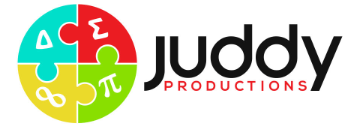Option 2: How can human vision be enhanced?
In this option students observe the behaviour of light, investigate reflection and refraction, and apply these concepts to the operation of cameras, lenses, telescopes, microscopes and the human eye.
On completion of this unit the student should be able to apply a ray model of light and the concepts of reflection and refraction to explain the operation of optical instruments and the human eye, and describe how human vision can be enhanced.
Key knowledge
Behaviour of light
- identify that light travels in straight lines in a uniform medium
- investigate and apply theoretically and practically the two laws of reflection at a plane surface:
– the angle of incidence is equal to the angle of reflection
– the incident ray, reflected ray and the normal at the point of incidence are coplanar - investigate theoretically and practically refraction using Snell’s Law,
Manipulating light for a purpose
- describe image formation using pinhole cameras and convex and concave lenses
- calculate image positions for thin lenses using either accurate ray tracing scale diagrams and/or the thin lens equation:
- calculate image sizes in pinhole and simple lens cameras:
- explain the operation of simple two-lens telescopes and microscopes.
Light and the eye
- model and explain human vision as refraction at a spherical surface with an adjusting lens
- distinguish between short-sightedness and long-sightedness, and explain their correction by concave and convex lenses, respectively
- apply the power of a lens:
to eye glasses
- explain accommodation in the human eye including the effects of ageing
- investigate and explain the treatment of cataract blindness including the use of intraocular lenses
- investigate the operation of the bionic eye.
(Source: vcaa.vic.edu.au)
